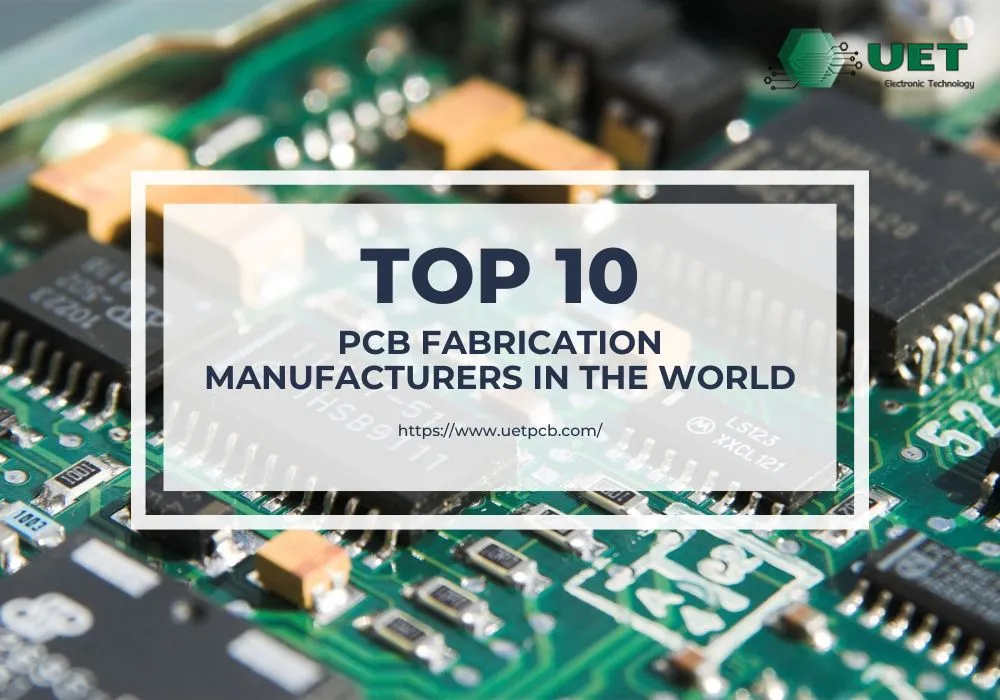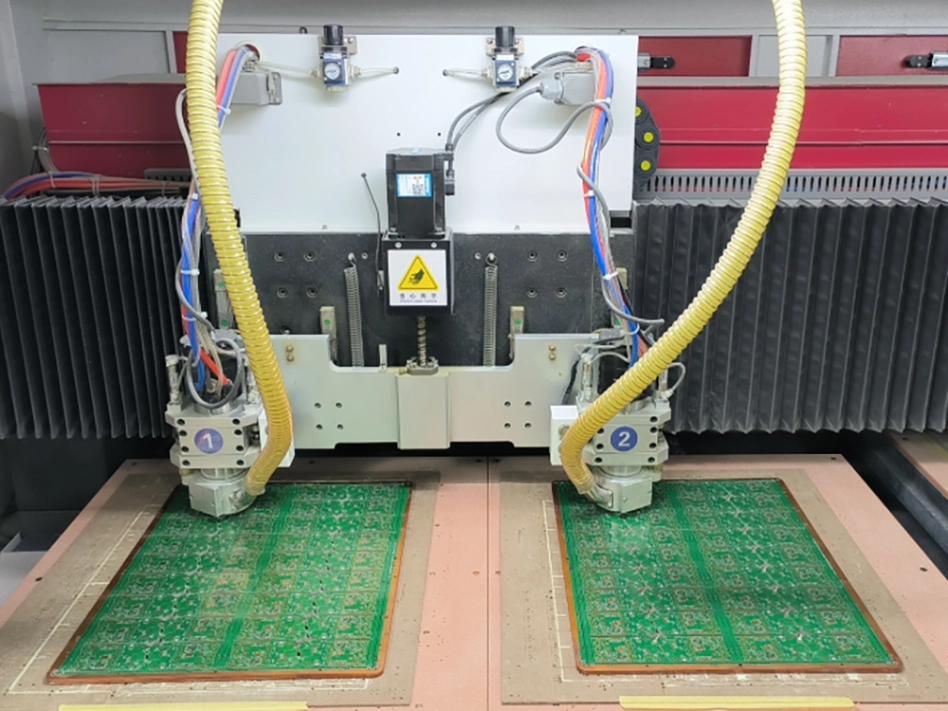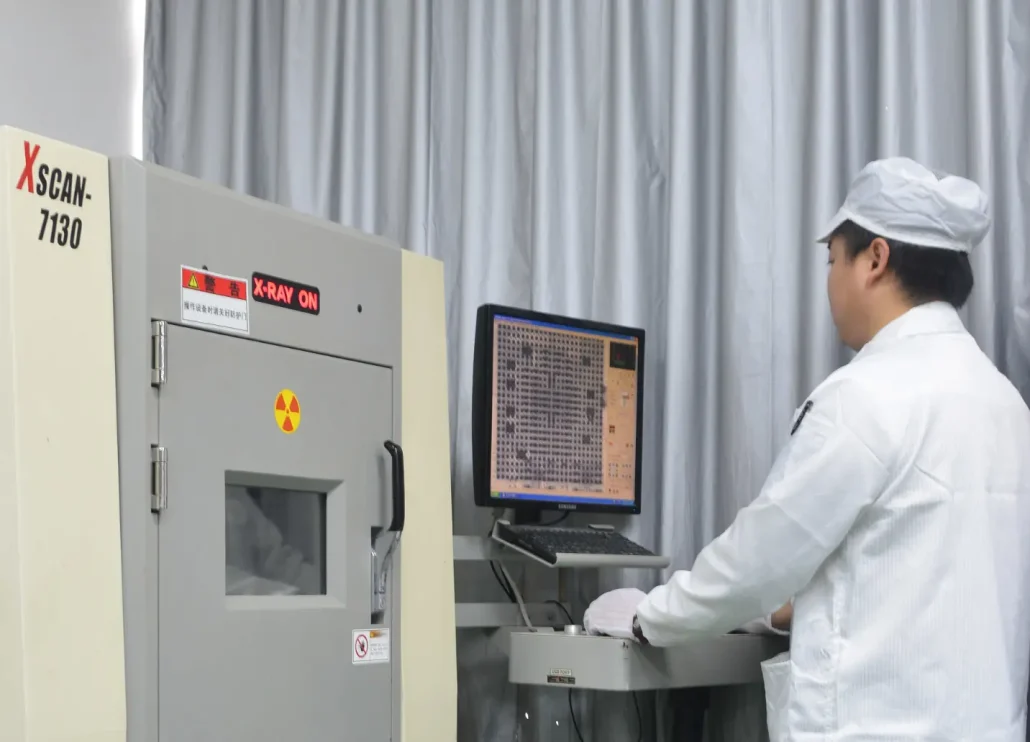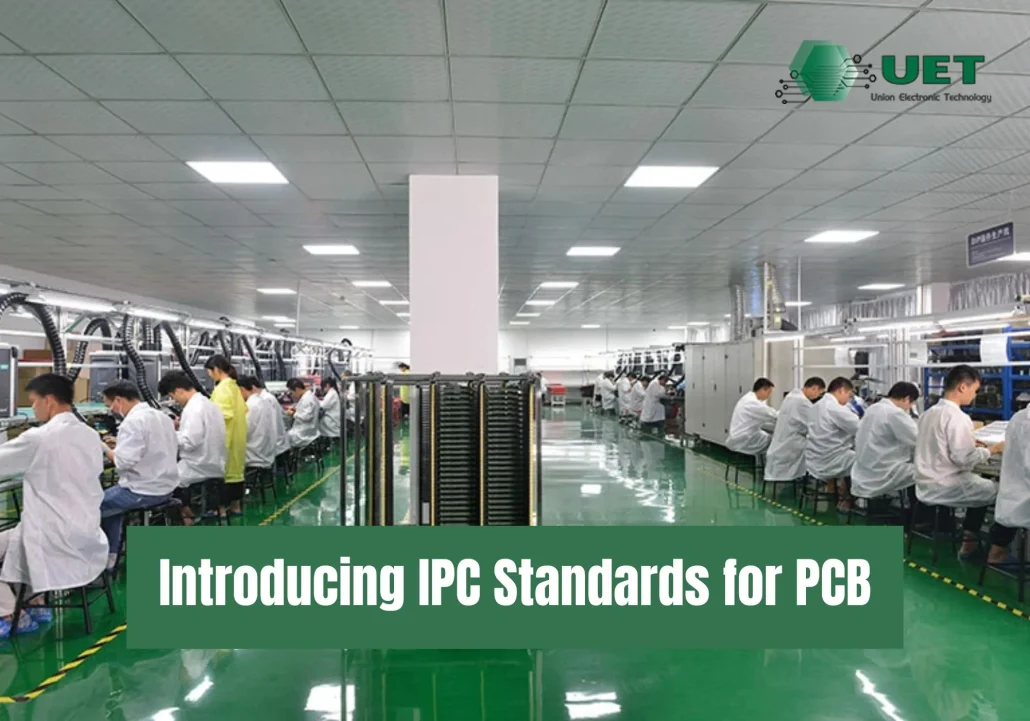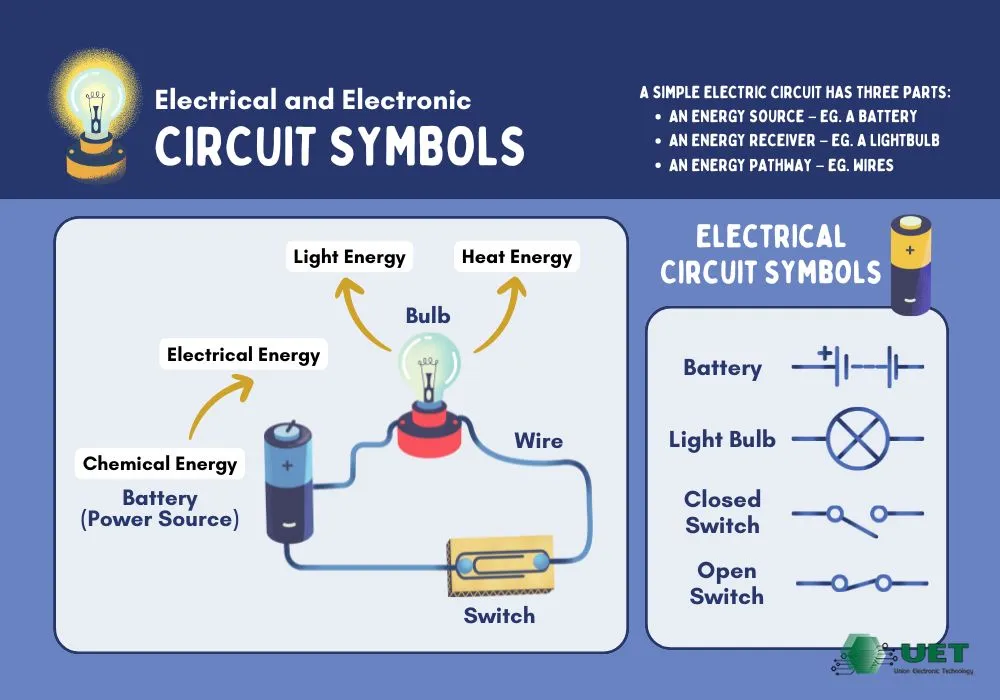When you are dealing with PCB, precision and stable components are crucial. Proper heat dissipation, the correct number of PCB layers, trace sizes, and PTHs are all essential in ensuring the best PCB performance. In this case, choosing the proper PCB fabrication manufacturer is very important. PCBs are small boards that power machines and electronics….
A laptop computer is a big part of our daily lives. Desktop computers are typically larger and work with a combination of various devices. It’s tough to move it where you go. Here, the need for portable computers arose, and the laptop emerged. However, compressing the entire desktop into a small book was not easy….
China has become the global hub for printed circuit board (PCB) manufacturing. It is home to hundreds of companies that promise top-quality products and reliable service. However, with so many options, finding the right manufacturer can often feel overwhelming. To make your search easier, I have researched and shortlisted the top 10 best PCB manufacturers…
PCBs are an integral part of almost every modern electronic gadget. You will find PCBs in smartphones and laptops, as well as in cars and home appliances. But before a PCB becomes a working part of a product, it must go through a process called PCB assembly. Have you ever wondered: How much does PCB…
andUSB is the most widely used port we need every day. Need to recharge your mobile battery? You need a charger with a USB Lightning, micro-A, micro-B, or USB-C port. Need to transfer data to your computer? You need a USB cable to do so. In almost every electronics project, we need a USB port…
In electronics, every detail matters. Maintaining the standard also keeps the product within the same parameters worldwide. When it comes to printed circuit boards, we need the IPC standard for PCB. There are different sections in the IPC, each with specific rules and regulations. You might be looking for solutions to create a PCB design…
Soldering on circuit boards is a tricky method. If you are a beginner, you might experience it. The most challenging part is determining the right time to melt the solder and attach it to the component. Low-quality soldering sometimes makes the process even messier. Therefore, choosing the best solder for electronics is a crucial topic…
Reading circuits is tricky if you don’t know how to read. The messy connections are sometimes complicated to sort out. In this case, electrical and electronic symbols play a crucial role. These symbols typically make the circuit design easy to understand. And it is generally divided into two main categories: electrical symbols and electronic symbols….
In the twentieth century, robotics became a critical part of our everyday lives. We see it in homes, factories, hospitals, and even in restaurants. From robot vacuum cleaners to robotic arms in factories, they make our lives faster and more productive. Therefore, a custom PCB robot is a critical topic to discuss. Custom PCBs for…
Analog devices often need messy setups. It not only increases the maintenance needs but also can not offer long-term durability. Sensor setups are no exception. The analog setup for sensing devices often needs multiple wires, extra boards, and complicated connections. A sensor PCB solves this problem by combining sensors directly onto a compact PCB. The…

